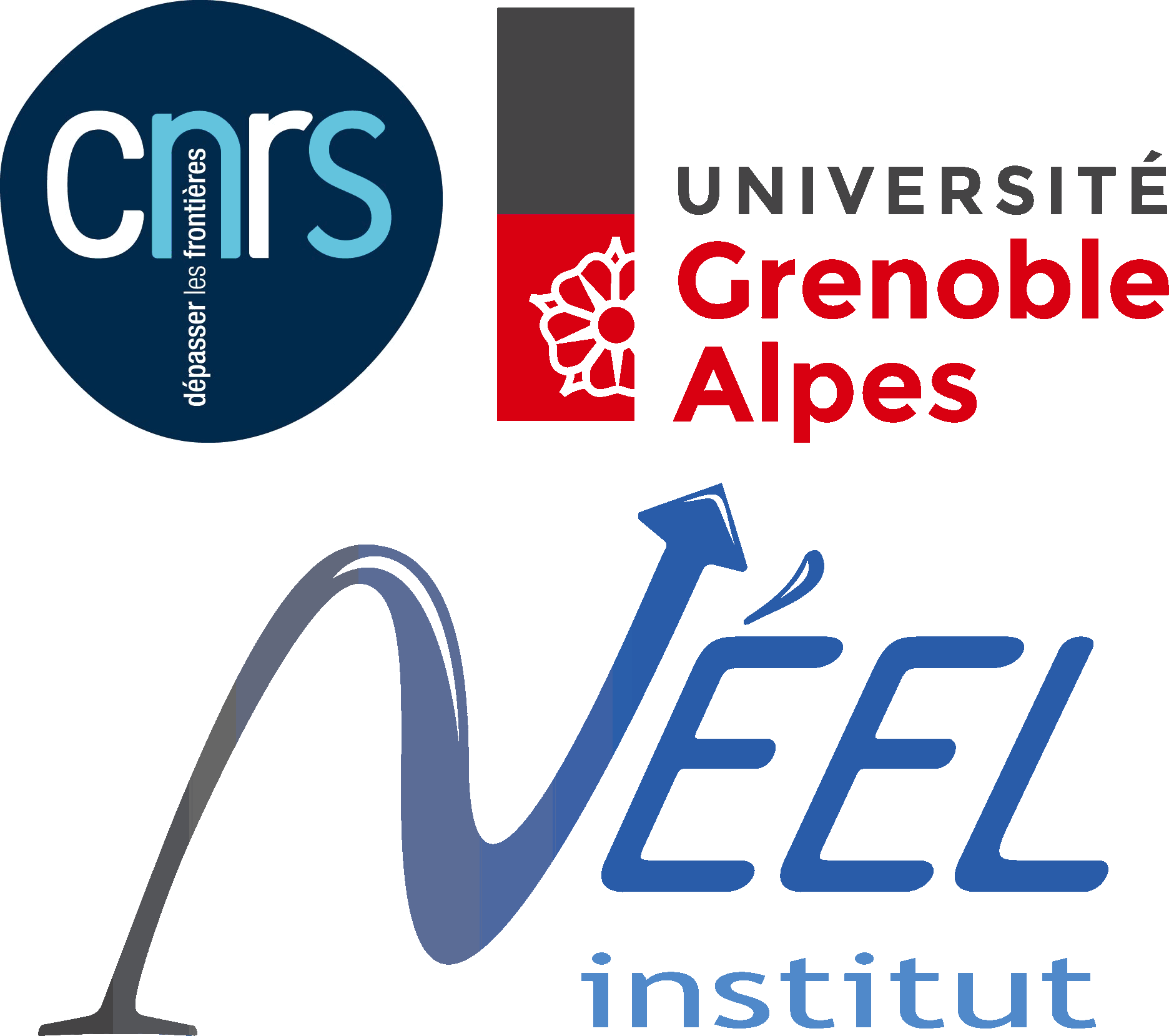Seminar: Embedded many-body perturbation theory for organic electronics
Jing Li
Institut Néel, CNRS and Grenoble Alpes University
Equipe : Théorie de la matière condensée
Tuesday, October 24th 11.30 am/ Salle du conseil LCI
Abstract :
The description of the electronic and optical properties of complex supramolecular systems such as
those of interest in organic electronics represents a severe challenge for first principles techniques,
owing to the large molecular dimensions and to the ubiquitous presence of disorder. We will report
on our original hybrid QM/MM scheme merging many-body perturbation theory (GW formalism
and Bethe-Salpeter equation) with accurate classical polarizable models of atomistic resolution. Our
results for bulk pentacene prove that the gap is insensitive to the partitioning of molecules in QM
an d MM subsystems, as a result of the mutual compensation of quantum and classical
d MM subsystems, as a result of the mutual compensation of quantum and classical
polarizabilities, clarifying the relation between polarization energy and charge delocalization. Our
embedded GW calculations, are capable to accurately describe ionization energies and electron
affinities at crystal surfaces of penatcene and perfluoropentacene from first principles.
The electronic and optical properties of the paradigmatic F4TCNQ-doped pentacene in the lowdoping
limit are investigated by a combination of state-of-the-art GW and Berthe-Salpeter manybody
ab initio methods accounting for environmental screening effects, and a carefully
parametrized model Hamiltonian. We demonstrate that while the acceptor level lies very deep in the
gap, the inclusion of electron-hole interactions strongly stabilizes dopant-semiconductor charge
transfer states and, together with spin statistics and structural relaxation effects, rationalize the
possibility for room-temperature dopant ionization. Our findings reconcile available experimental
data, shedding light on the partial vs. full charge transfer scenario discussed in the literature, and
question the relevance of the standard classification in shallow or deep impurity levels prevailing
for inorganic semiconductors.
References :
J. Li, G. D’Avino, I. Duchemin, D. Beljonne, X. Blase, J. Phys. Chem. Lett. 7, 2814 (2016)
J. Li, G. D’Avino, A. Pershin, D. Jacquemin , I. Duchemin, D. Beljonne, X. Blase, Phys. Rev.
Materials, 1, 025602 (2017)
















